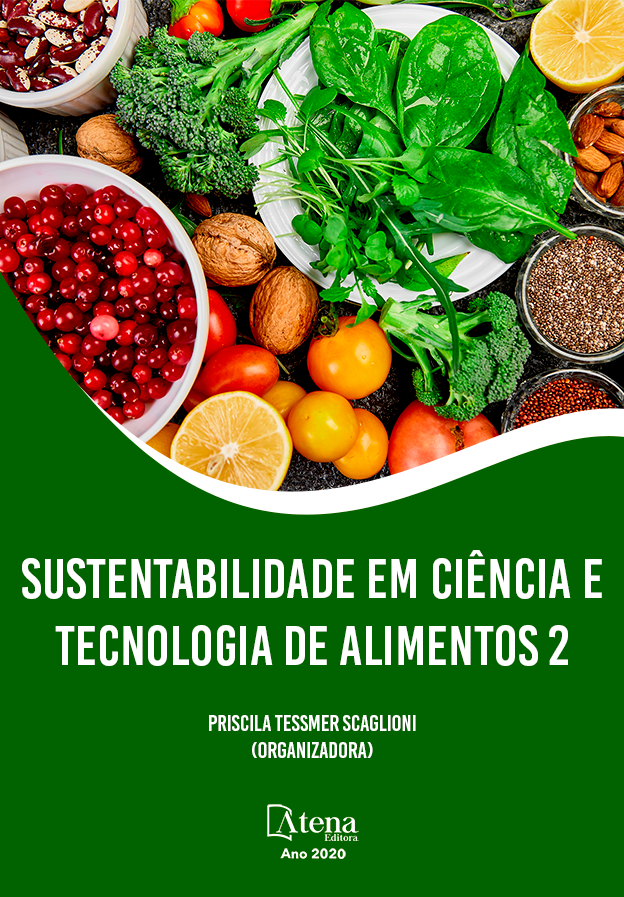
PROSPECTS FOR THE DEVELOPMENT OF MARICULTURE IN THE COAST OF MOQUEGUA AND TACNA
Hoy por hoy, el mundo enfrenta diferentes desafíos. Entre ellos destaca el desafío de atender las necesidades de alimentación y nutrición de una población mundial creciente con recursos naturales que se agotan día a día. El pescado y los recursos provenientes del mar, se encuentran entre los productos alimenticios más comercializados y consumidos a nivel mundial, sin embargo, ante la alarmante sobreexplotación de los mares, surge la acuicultura como la actividad del futuro y la encargada de suministrar estos recursos pesqueros a la población mundial.
Tacna y Moquegua son ciudades alejadas del centralismo limeño con los mismos problemas, que no escapan de esta dura realidad, el gobierno ha hecho muy poco para paliar estos problemas. Ante esta situación y atendiendo lo planteado en el D.L 1195 Ley General de Acuicultura nos propusimos a elaborar un diagnóstico situacional de la región Tacna y Moquegua denominado “Perspectivas de Desarrollo de la Maricultura en el Litoral de Moquegua y Tacna”. El objetivo del presente trabajo, fue de levantar información de uso para la creación de empresas acuícolas en la zona, identificar recursos disponibles para el cultivo marino, conocer la situación de los pescadores, identificar zonas disponibles para el cultivo de especies, costos y requisitos para la instalación de empresas acuícolas. Con toda esta información recogida se realizó una matriz FODA y se evaluó los beneficios de realizar acuicultura en las regiones descritas.
Basados en los resultados obtenidos se concluye, que las especies que responden al cultivo en cautiverio son: la corvina el sargo, el chanque, el avalon rojo, por su adaptación y precio en condiciones semi intensivas. Las zonas con buenas condiciones para realizar maricultura son: Pocoma, Punta Coles, Punta Picata, La Meca, adyacentes a Ite, Morro Sama, Vila vila, Boca del Rio y los debido a que tienen acceso a servicios básicos y carreteras adecuadas de acceso al litoral marino; en segunda instancia Waikiki, los Platanales, debido a que la zona norte de Ilo su geografía es bastante accidentado por la presencia de acantilados. Y con los resultados del análisis FODA se establece que es factible la acuicultura en las regiones Tacna y Moquegua.
PROSPECTS FOR THE DEVELOPMENT OF MARICULTURE IN THE COAST OF MOQUEGUA AND TACNA
-
DOI: 10.22533/at.ed.66920141216
-
Palavras-chave: maricultura, agua de mar
-
Keywords: mariculture, sea water
-
Abstract:
Today, the world faces different challenges. Among them is the challenge of meeting the food and nutrition needs of a growing world population with natural resources that are depleted every day. Fish and resources from the sea are among the most commercialized and consumed food products worldwide, however, given the alarming overexploitation of the seas, aquaculture emerges as the activity of the future and the one in charge of supplying these fishery resources. to the world population.
Tacna and Moquegua are cities far from Lima centralism with the same problems, which do not escape from this harsh reality, the government has done very little to alleviate these problems. In view of this situation and taking into account what was stated in D.L 1195 General Law of Aquaculture, we proposed to prepare a situational diagnosis of the Tacna and Moquegua region called "Prospects for the Development of Mariculture in the Moquegua and Tacna Coast". The objective of this work was to gather information for the creation of aquaculture companies in the area, identify available resources for marine cultivation, know the situation of fishermen, identify areas available for the cultivation of species, costs and requirements for installation of aquaculture companies. With all this information collected, a SWOT matrix was made and the benefits of aquaculture in the regions described were evaluated.
Based on the results obtained, it is concluded that the species that respond to cultivation in captivity are: corvina and sargo, chanque, red avalon, due to their adaptation and price under semi-intensive conditions. The areas with good conditions for mariculture are: Pocoma, Punta Coles, Punta Picata, La Meca, adjacent to Ite, Morro Sama, Vila vila, Boca del Rio and due to the fact that they have access to basic services and adequate roads to access the marine coastline; in second instance Waikiki, the Platanales, due to the fact that the north of Ilo its geography is quite rugged due to the presence of cliffs. And with the results of the SWOT analysis, it is established that aquaculture is feasible in the Tacna and Moquegua regions.
-
Número de páginas: 15
- Patricia Matilde Huallpa Quispe
- Lucy Goretti Huallpa Quispe
- Elvis Alberto Pareja Granda
- Walter Merma Cruz


